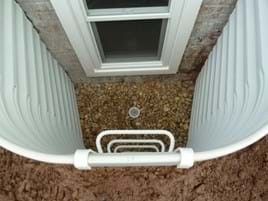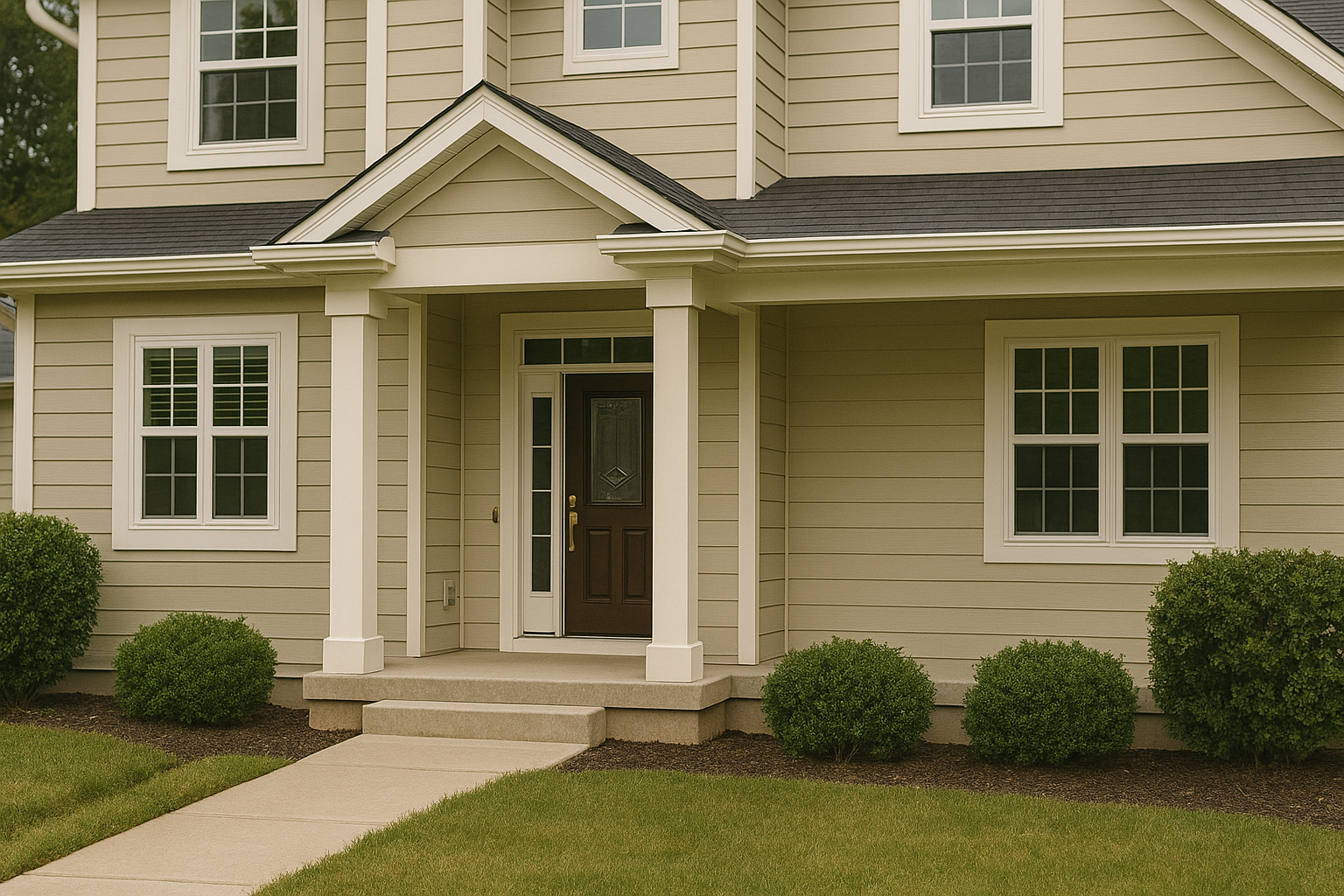Modern building standards require sleeping areas (‘bedrooms’) to have secondary egress methods in case of emergency. Most people commonly use the term “emergency egress” and it most often occurs in the form of a window meeting specific size requirements in each bedroom.
Some homeowners decide to finish their basements, many without the required city or township permits and inspections. In 2004, most cities, boroughs, and townships in the Commonwealth of PA moved to a more uniform standard called the "Uniform Construction Code" (or "UCC") and now typically require a permit to legally finish a basement although some only require permits if the finished basement will include a bedroom(s), a bathroom(s), etc. Permits are normally also required to add a shed or garage, build a deck over 30" above grade, add a patio or driveway, add an addition to your home, etc. You should check with your AHJ (authority having jurisdiction…aka city, township, or borough) to find out what they specifically require for the work you are planning to do. Many homeowners see the whole permit requirement as an overburdensome city or township trying to make money but permits are designed to ensure the work is done to code and with safety in mind.
Someone would be trapped in this finished basement should an emergency (such as a fire) occur blocking the basement staircase to the main level since the window can't fully open.
As part of a home inspection, it is wise for the home inspector to point out to his client areas of the property that may have been recently added/remodeled, such as a shed, a new deck, sunroom, or even a finished basement. The client would then be wise to contact the city or township before closing to verify whether proper permits were pulled and that the final code inspection(s) was performed. It is outside the scope of a home inspection, however, for home inspectors to check for permits. I know of specific instances where sellers finished their basements, for example, with no permits. In some of these cases, the townships or cities ‘got wind of this’ (such as when the new buyer got permits for something else such as a new deck) and required the current owner to de-construct the work that was done with no permits, such as unfinish a finished basement back to its original non-finished status. Not what a new homeowner wants to deal with when buying a new home with an illegally finished basement, for example. As a home buyer, talking to your title professional about enhanced title insurance is also wise as it can help protect you from non-permitted work.
One critical topic that many home buyers and sellers (and even some Realtors) don’t know about pertains to emergency egress. The term “emergency egress” is not found in the code, but rather “emergency escape and rescue opening (EERO)” is used. The term says it all. Rooms or areas of the home that may be used as sleeping or finished areas must have multiple ways out in case of emergency.
A door or window provides escape from the room or home in case of emergency (such as a fire) to the exterior grade and also allows for fire personnel while wearing full apparatus to enter and rescue occupants via the same door or window. In most cases, the EERO is a window to the exterior although an exterior door can serve this function as well. If a finished basement has 2 bedrooms, for example, each bedroom must have its own independent EERO; in other words, one basement bedroom's window can't be considered a second basement bedroom's EERO. The door does not need to go directly outside but may run to a different area of the home. If the EERO is a window, it generally must be, at least, 5.7 square foot in size. This size allows a firefighter wearing full apparatus to enter and rescue the home’s occupants.
Beside the 5.7 square foot opening requirement, there are also 20” clear-opening width and 24” clear-opening height requirements. All 3 requirements must be met independently of each other. A 20” x 24” window that does not open to provide 5.7 square foot of open space does not meet the requirement; this is a common problem with double hung 20"x24" windows. Their overall size may be OK but they don't open enough to provide the necessary opening size. Sliding double-sash windows are often used for this reason. An exception to the 5.7 square foot opening does exist, however. If the opening is at grade or below grade, the opening size may be lowered to 5.0 square feet since a ladder will likely not be needed to access these areas. Also, some areas don't require the egress requirement if the home has a fire sprinkler system installed. Also, the lower sill of a window must be no higher than 44" above floor level. A small child may not be able to easily escape a fire, for example, if the windows are high up on a wall. This sort of 'high window' setup exists in some homes from the 1950s and 1960s before these modern safety standards existed.
In everyday life, we don’t think about the doors and windows in a home, but we need to plan ahead and be prepared in case a fire were to occur. If you get woken up at 3AM and your home is filled with smoke, you likely will be in a panic state and may not think straight due to the imminent danger before you. This is not when you should be planning how to escape the home. The building code is designed to have these safety features already built-in for you before you ever realize that you need them.
If a fire was in your hallway or staircase, you would need an alternate way to escape. This is where EERO comes into play. Any room that can possibly be a sleeping area (bedrooms, habitable attics, basements, living rooms, family rooms, etc.) need to have EERO. If you were sleeping in your basement, and the staircase or the hallway just beyond the basement staircase were to be on fire, you would easily be trapped in your basement. With no properly-sized window or door to the exterior, your chance of survival is minimal or non-existent.
As mentioned above, window sills should be no higher than 44” above the floor to allow children and short adults to escape. Windows should also be able to be openable (not painted shut or have bars instead preventing opening and exiting) and should stay up when opened. Sometimes when inspecting homes, I find windows that are painted shut or the window’s bottom sash won’t stay up when opened, such as due to a broken sash cord. Either could prevent an adult or child from escaping. This is why home inspectors need to call these issues out and recommend repair. A window or door acting as a sleeping area’s EERO will do no good if the door or window won’t open. Also, bars should not be installed over windows since they prevent escaping through the window. Windows and coverings over window wells must not require a key, special tool, or special knowledge about how to open and operate the opening. I occasionally find windows that are screwed shut in a way to help prevent a burglar from entering. This would also prevent a panic-stricken adult or child from opening the window and escaping a fire.
Most new homes built in the last 15 or so years will generally already have an egress window(s) or bilco door installed in their basements which would generally allow the basement to be finished in the future. In most homes older than that, though, there is often no sufficient egress existing in the basement and modifying the foundation to add a properly sized window or door can be quite expensive. In homes with daylight basements, for example, proper windows and door(s) will very likely already exist.
In summary, as home inspectors and Realtors, we need to keep these requirements in mind when talking to our clients, especially when the client expresses an interest in remodeling their new home, such as finishing a basement, or if the seller recently finished the basement before listing the home for sale. Checking with the local jurisdiction's code/building department is the wise first step that can help prevent future headaches.
Also, all families should periodically do a fire drill and have a plan in case of emergency. You should know, at least, 2 ways out of your home from all interior rooms.
















